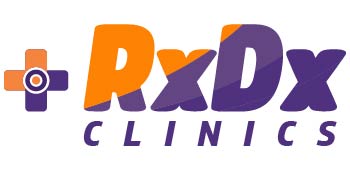Prevalence
TMJ disorders affect up to 10–15% of adults globally. They are often underdiagnosed and can range from mild discomfort to chronic pain.
Occurrence
This condition commonly arises from:
- Stress or teeth grinding (bruxism)
- Jaw clenching
- Poor posture
- Injury or arthritis in the jaw
- Dental misalignment
Symptoms may include jaw pain, difficulty opening the mouth, clicking or popping sounds, and headaches.
Affected Male-Female Ratio
TMJ dysfunction is more common in females than males (approx. 4:1 ratio), often attributed to hormonal influences and higher stress sensitivity in women.
Role of Physiotherapy
Physiotherapists help manage TMJ dysfunction through:
- Jaw mobility and stretching exercises
- Manual therapy to reduce stiffness and pain
- Postural correction to relieve pressure on the jaw
- Relaxation techniques to manage stress-related tension
- Education on habits like avoiding hard food and correcting jaw alignment
Takeaway
Early physiotherapy can relieve jaw pain, reduce clicking, and restore normal movement. It’s a non-invasive and effective approach that addresses both symptoms and root causes.
If Neglected, Then Complications
Ignoring TMJ symptoms can lead to:
- Chronic pain
- Locked jaw (difficulty opening/closing mouth)
- Headaches and neck pain
- Difficulty eating or speaking
- Permanent joint damage
When to Seek Help
You should consult a physiotherapist or doctor if you experience:
- Ongoing jaw pain or clicking
- Limited ability to open your mouth
- Frequent headaches or earaches without infection
- Discomfort while eating or talking
- Jaw locking or shifting out of place

